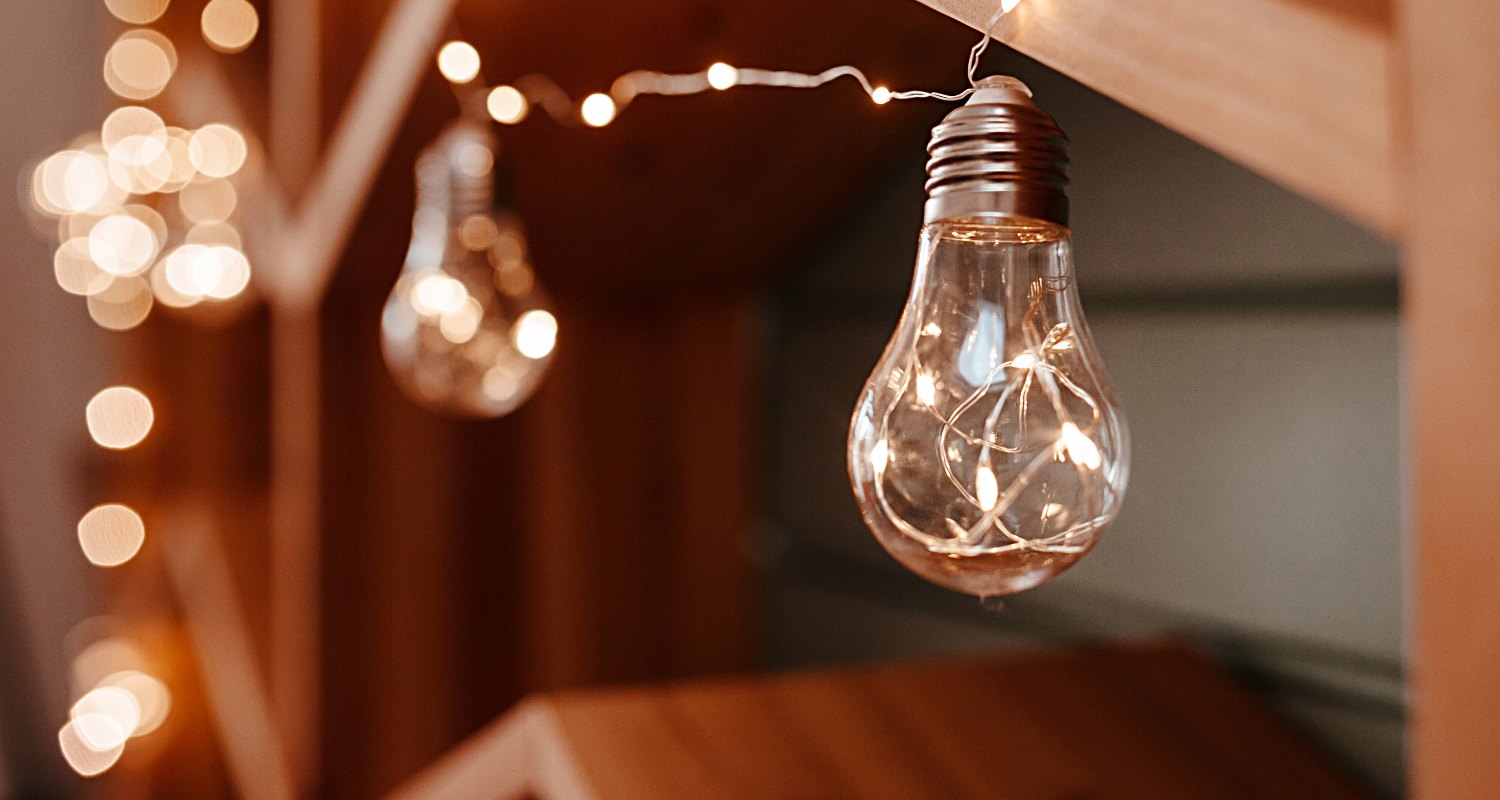Energy generation process:
1. Obtaining energy from various primary sources
Electricity is a secondary energy source, therefore it must be produced from a primary source of energy, that is, from naturally-present resources. There are two ways of producing electricity:
- From renewable primary energy sources, such as the wind, solar radiation, or ocean waves.
- Or from non-renewable primary energy sources, such as coal, natural gas, petroleum, or nuclear energy.
2. Transforming energy into electricity
Once the energy is obtained, it is converted into electricity and transmitted from an electrical plant to an electrical substation. Electrical substations are fundamental for preparing electricity and guaranteeing proper voltage. The largest are located in the outskirts of cities, whereas much smaller ones can be located inside a building.
3. Distributing electricity
The distributor is in charge of transmitting electricity from the substation to homes. The various distributors have set up the proper infrastructure to transport and distribute energy, and are tasked with maintaining it in good conditions. They're also responsible for electricity meters, and therefore, also for sending meter readings to the retailer. Consumers cannot choose their distributor; it's assigned based on location, but they may choose their retailer.
4. Selling electricity
The power retailer is the company with which the consumer contracts their electricity supply. This company purchases energy from power generation companies and sells it to users, so that they may have electricity in their homes. It's also in charge of sending bills. Power can be sold and contracted in two ways:
- Free market: according to specified conditions agreed to in a contract between the company and the user.
- Regulated market: according to a system designed by the Government.








